Judith Wright was called “the conscience of the nation” for her understanding and concern for the historical and contemporary contexts of the country Australia. She has extensively published poetry, literary criticism, children’s literature, short fiction and letters apart from a book on her ancestors. She was the co-founder and president of Wild Life Preservation Society of Queensland (mid 60s) and she joined the Aboriginal Treaty Committee, an organisation dedicated to help spread the word about the need for land rights and a treaty among the white Australians in 1979 along with Nugget Combs. She worked as a statistician and studied Anthropology but the fire of writing was intact all through in her personality. The Moving Image, her first book of poetry, was published in 1946 when she was at the University of Queensland as a statistician.
Several awards and honours were bestowed upon her. Despite her birth into a pastoral aristocracy, Judith Wright strove to unveil the real history of the land, dispossession of the Aboriginal people and the destruction of the environment. Until she died at the age of 85 in 2000, she fought relentlessly for the indigenous rights and environmental protection. A week before her death, she passionately attended a Reconciliation March across the bridge in Canberra with full hope for things to change.
The focus of this article is Judith Wright’s poetry. But, I would also occasionally refer especially to her letters. My reference to her letters is not only due to the fact that most of her letters read like poetry with intense emotions and in-depth thoughts but also because Judith Wright builds significant discourse about poetry in her letters. She also discusses her trip to Delhi in some of her letters.
Wright’s search for her self in her life and writings finds her traces sometimes while the search subjects her to serious introspection some other times. The real and the mirror images come together in her poem “Sisters” when she depicts two “older” women sharing their past with each other. She was probably the first while woman poet in Australia to talk about the prohibited subject of the indigenous people of the country and apologise to them on behalf of the ancestors who colonised the continent and eliminated and enslaved the Aboriginal Australians. Her poem “Niggers Leap, New England”, published in her first collection The Moving Image (1946) raises angry questions about the lost inhabitants and the dark spots in the history. She puts herself among her white community people and questions them. She writes the histories of Aboriginal Australia, the prohibited histories. Her poetry serves as a reversal for the mainstream white histories and Anthropological accounts.
It is this passion for the indigenous issues that resulted in Judith Wright’s association with the Indigenous rights organisation and especially in her friendship and admiration for the indigenous rights activist and writer Oodgeroo Noonuccal (Kath Walker). She mentions Kath Walker and the Aboriginal issues in many of her letters as to how she is in a state of despair over her people’s situation more than the Australians over their country. Like Kath Walker who wrote about their going in “We are Going”, Wright writes about the song and the singers who are gone from the land.
Her conceptualisation of the Australian history does not forget the presence of the settlers like the whites have described the country as Terra Nullius before they stepped into the country. However, her imagination touches upon the memories of the convict life, settler struggles and working class toils. Like the night gets personified in the previous poem to hide the secrets of colonisation, the old prison gets re-painted in the poem “The Old Prison” to remember the times of imprisonment and isolation in the distant island. Now, it is only a building. But it witnessed the sorrows and the curses of many powerless people kicked out of the crowded London on some pretext or the other.
It is from this memory of the prisons and the bora rings that Judith Wright collects anger to yell at her country in her poem “Australia” (1970). Once again, she puts herself among her kind and blames them for dying of the venoms that they make. She gives a call to the country to die valiantly like the eagle hawk and the tiger snake and take birth again from its ashes having burnt all its inhuman and imperialist tendencies. The theme of being trapped, imprisoned and restricted recurs throughout her poetry. She chooses the dingo to represent the nature devoid of its indigenous companion in her poem “The Trapped Dingo”.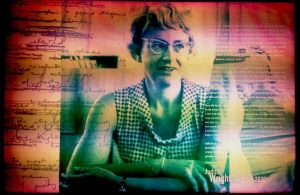
Her identification with the dried up landscape sans its life force presents a very different picture of Australia. She landscapes and maps the country through birds, animals and indigenous people, who are all the original inhabitants of the country. This closely connects her with the working class people as well such as blacksmiths and bullockys. Her blacksmith’s son is a legend who fights the odds and wears the rainbow on his shoulder.
The overvaulting presence in her poetry is that of birds. One can understand how deeply she connects with birds when one comes to know that she has an entire volume of poetry titled Birds and devoted to birds, apart from her reference to birds in her other writings. The birds that inhabit her world are dotterel, magpie, peacock, lyrebird etc. All are indigenous birds making adjustments, struggling to get acceptance from the community. They very clearly and deliberately become the standing examples for the indigenous Australia. The black cockatoos reach in heavy flight, perch on the crest of their high trees and cry the world’s unrest even as the other birds are quiet in prayer or fear when the clouds come, air changes and after the long, sandpaper harsh drought-winds go still.
Similarly, the lone lyrebirds that live in the west of the mountains. Wright says that she could not go to see them and wanted to go but could not go and she will never see the lyrebirds whom she calls the few, shy, fabulous, dying poets. She mourns the fact that she could never see them despite her longing but also states that some things might have to be left secret, alone and concludes that birds, like walking fables, have to inhabit nowhere but the reverence of the heart. Is she referring to the indigenous Australians?
Like lyrebirds, the dotterel, a native bird, chooses to live nowhere. It runs but not in fear. Its thin high call, resembling a far bugle troubles the soul. Dotterel lays single egg with no protection around it. Even the new-hatched chick turns quiet as sand or as a stone. Is Wright referring to native people and their isolated and removed children?
Another bird that is found in the world of Wright is the peacock. This peacock is locked up in a dirty cage. But the peacock shines alone, and love clothes him. Such a peacock certainly reminds one of the native man. All these birds, animals and the animal grazers represent the rather counter history of Australia. A dotterel could be an Aboriginal, a single woman who constantly strives for their independence and dignity.
Her poetry very closely reminds us of an activist who is constantly endeavouring to achieve indigenous human rights and environmental balance and also a citizen lamenting on the fact that her Australia is not the land of bliss that she experienced previously.
Judith Arundell Wright (3rd May 1915-25th June 2000)
*



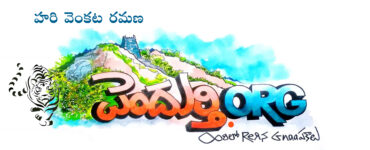
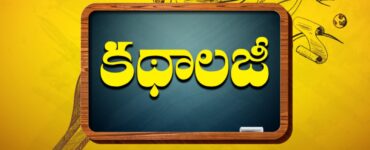
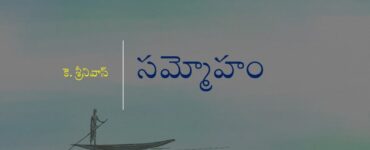
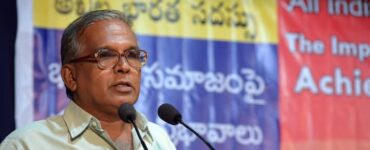


Add comment